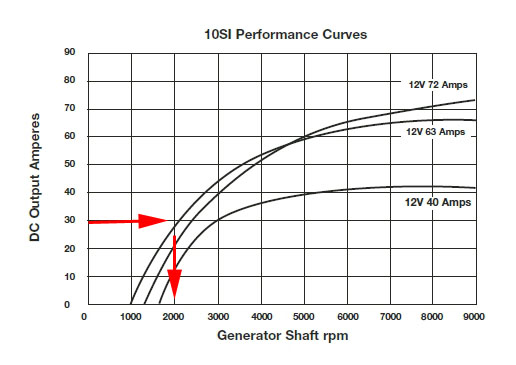MEXICOWANDERER
Jan 21, 2018Explorer
An Image Of A Properly Designed High Amp Alternator
- Note the 1/4" aluminum plate bolted onto the rear of this 7074 Ford 100 amp alternator
- The plate has 12 rectifiers (diodes)
- These are negative rectifiers
- Unseen within the case are 12 positive rectifiers. 24 total
- The original had six total rectifiers 3+3
- Notice the rear bearing. It has a nipple on the end to hold more grease
- Heads up performance versus a Nippondenso hairpin alternator leaves this one in the dust
- Yet the rectifiers in the Ford are light years more durable than those in the Nippondenso
- There are few "free lunches" in the alternator design dept
- I have redesigned and built more than two dozen special purpose alternators
- I am all too familiar with what can and cannot be done mechanically, electrically, and durbility-wise





